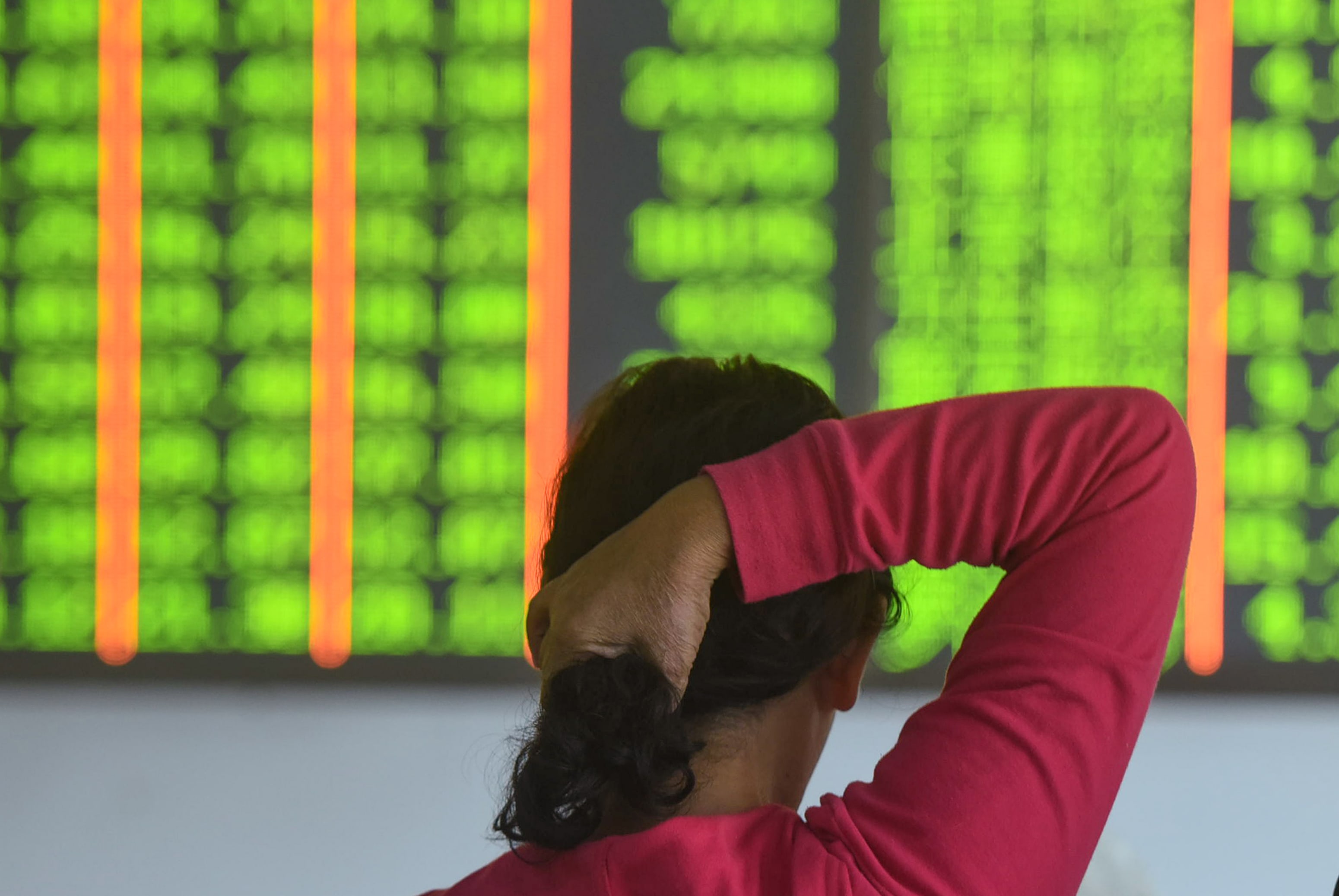
Stocks in Asia Pacific were lower on Thursday as investors reacted to a slew of Chinese economic data released earlier.
Mainland Chinese stocks led losses regionally as they plunged on the day, with the Shanghai composite down 4.5% to about 3,210.10 while the Shenzhen component plummeted 5.372% to end its trading day at 12,996.34. Hong Kong’s Hang Seng index declined 2% to close at 24,970.69.
China’s largest chipmaker SMIC saw its shares surge 245% at the open on its first day of trade in Shanghai on Thursday. The Shanghai-listed shares later pared some of those gains but still finished their trading day about 202% higher. The contract semiconductor manufacturer is seen as an important player in China’s ambitions to become more self-sufficient when it comes to chips.
In Japan, the Nikkei 225 dipped 0.76% to close at 22,770.36 while the Topix index ended its trading day 0.66% lower at 1,579.06. Shares of Apple supplier Japan Display, however, soared 8.33%.
South Korea’s Kospi declined 0.82% to close at 2,183.76 as the Bank of Korea announced Thursday its decision to leave the base rate unchanged at 0.5%.
Over in Australia, the S&P/ASX 200 finished its trading day 0.69% lower at 6,010.90.
Overall, the MSCI Asia ex-Japan index fell 1.8%.
China on Thursday reported that the country’s GDP grew by 3.2% in the second quarter of this year as compared to a year ago. That was higher than expectations of a 2.5% growth in the April to June quarter by economists in a Reuters poll. Meanwhile, retail sales in June fell 1.8% on-year, falling short of expectations of a 0.3% growth by analysts in a Reuters poll.
Economic data releases out of China have been watched by investors for clues on the country’s economic recovery from the coronavirus.
Commenting on the Chinese GDP print, JPMorgan Asset Management’s Marcella Chow wrote in a note: “Looking forward, we expect to see continuous improvement in the upcoming quarters as domestic economic activities largely resume.”
“Along with the increase in government-driven infrastructure investment, consumption might become a new growth driver,” said Chow, who is global market strategist at the firm. “Since domestic households have accumulated huge amount of bank deposits for precautionary savings during the economic slowdown and pandemic, fast recovery might be seen in consumption when their confidence improves.”
Geopolitical tensions may also have weighed on investor sentiment regionally, with U.S. Secretary of State Mike Pompeo saying Wednesday that the country will impose visa restrictions on Chinese tech firms, a move expected to strain relations between Washington and Beijing.
The U.S. dollar index, which tracks the greenback against a basket of its peers, was at 96.108 after touching an earlier low of 95.999.
The Japanese yen traded at 107 per dollar after strengthening sharply from levels above 107.1 yesterday. The Australian dollar changed hands at $0.6987 following a rise from levels below $0.696 seen earlier in the trading week.
Oil prices slipped in the afternoon of Asian trading hours, with international benchmark Brent crude futures down 0.94% to $43.38 per barrel. U.S. crude futures also shed 1.31% to $40.66 per barrel.
— CNBC’s Arjun Kharpal and Amanda Macias contributed to this report.
Source: CNBC
